I tried to hunt simultaneously with a pair of metal detectors. And why should Minelab have made a mirror on the control panel of its X-Terra 705? But I didn’t notice it before. Here’s a comparison: Makro Racer vs Minelab X-Terra 705.
This year, the Minelab X-Terra is already 10 years old. In terms of recognizability, the detector is on par with the legendary Garrett ACE. And as for its effectiveness, the X-Terra long ago proved it too. When it comes to a Turkish-made Makro Racer, we became aware of this device last year (2014), so it has yet to establish its reputation.
Construction
Both metal detectors are constructed on the ‘classics’ of ground search – a three part S-shaped shaft with the control box mounted on the upper part. A cable is wrapped around the shaft, the shaft pieces are connected by spring clips plus twist locks. The difference is that the Minelab X-Terra 705 has one control box on an extended handle, whereas the Makro Racer has two of them – a basic housing with screen and controls and the other one with power supply. There are also differences in the armrests.
If you have nothing to compare, no complaints here on the Minelab X-Terra 705 armrest, then. The simple one that performs its function to hold an arm. Breaks down like the others. The usual armrest.
But there are better armrests – the Makro Racer is one such example. Its armrest gives an arm more reliable support. I’m equally comfortable both with bare arm and in winter jacket (when I am wearing a thick jacket, the X-Terra armrest is a little too small for me).
Pay attention, the Makro Racer armrest consists of two halves and is attached to the shaft by two plastic bolts. The latter are similar to the coil attachment one. So if you have the coil bolt broken down while hunting, there is a replacement one (the other bolt normally holds the Racer armrest).
The Makro Racer armrest is good, whereas the battery compartment located on its underside has a peculiarity… While digging up holes I put the metal detector aside and its bottom part always gets dirty. But the speaker grill and battery compartment door are located there. While hunting, with the dirt under your feet, everything becomes much sadder – don’t use the Makro Racer without the battery box cover (I have this one, comes with the PRO package).
In practice, both handles are convenient, no complaints here. But if I take two devices in hand, I like the Minelab X-Terra 705 handle more – because of its coating and thickness. But this only applies to the handle itself as I don’t like the concept of its extension – if for no other reason than because there’s a cable loop beside it (where the coil cable enters the control box).
Once again, a metal detector with the extended handle must have a good balance, otherwise when swinging the device it starts swaying from side to side (trivial matters, you get used to them quickly). When it comes to real practice, both handles are good.
Important note. The Makro Racer can be conveniently operated with one hand, in which you hold the detector. But the convenience is intended only for right-handers.
The detectors’ shafts come with the twist locks excluding a play. And the locks of both machines have endstops (say hello to Garrett AT PRO with its locking collars that have no endstops and can thereby be easily broken).
The lower shafts are identical, have a standard coil attachment point with a plastic bolt.
Both metal detectors have a screen backlight for searching during the hours of darkness. The Makro Racer’s screen backlight can be adjusted (you can set the backlight brightness) plus there is a flashlight on the back of the control box.
Just one short year ago I spoke ironically about Chinese metal detectors with the flashlights. After hunting with the Makro Racer on some beaches in the morning twilight, I put irony aside – such a flashlight would not be out of place (and the screen backlight is also a real plus for both machines).
And what is more, the Makro Racer has vibration response, a silent mode. Makro is the only (at least I don’t know the others) manufacturer of the detectors that may also be used for treasure hunting by surdomute people. And they also have the sign language video tutorials. The fact worthy of respect!
A notable difference between the Makro Racer and Minelab X-Terra 705 lies in a trigger. And again, this is a case where you change your opinion after some practice. A few years ago, I didn’t understand the Fisher F75/Teknetics T2 owners with their triggers. Now I find this solution very convenient. When you pull the trigger back, it activates the pinpoint mode. By pushing the trigger forward you can set the ground balance.
The Minelab X-Terra 705 also has the pinpoint mode and ground balance, these can be activated by pressing the separate buttons on the control panel. The Makro Racer trigger makes it even easier to use these features (I’ve tried to explain, but… he who didn’t have a continuous practice of working with the trigger won’t understand it).
Both metal detectors are powered by 4 AA batteries. I haven’t noticed any special power supply requirements, both machines also work with rechargeable batteries. Important note: the Makro Racer doesn’t remember the settings when it is switched off (the X-Terra 705 does). I have already got used to it: I rarely switch the machine off and have learned to adjust the Racer settings in half a minute.
Once, I was walking with two metal detectors, the Makro Racer and Minelab X-Terra 705, across the field… Swinging the detectors, one after another, and checking the same responses. And something bothered me, but I couldn’t understand what a thing was… Something clearly connected with change of the devices. And then suddenly it hit me! The X-Terra 705, with its control panel, was reflecting sunlight into my eyes. Why has Minelab made a shimmering, light-tone control panel? And I didn’t notice this before ))
How they work… As a matter of fact, comparing the Makro Racer and Minelab X-Terra 705 when operated is far from simple. There are a lot of principal differences, the combination of which gives both the pros and cons. But I’ll try to emphasize the main points…
Frequency
Ask me, what’s missing in the Makro Racer metal detector. The first thing I will answer is the second (low) frequency. The Makro Racer operates at only one frequency – 14 kHz. The Minelab X-Terra 705 can operate at three of them (3 kHz, 7.5 kHz and 18.75 kHz). This switching between frequencies in the X-Terra is worth decent money, though (another coil will be needed for each frequency). But the mere fact of the X-Terra’s capability to operate at a low frequency allows it, in theory, to make the sites more completely hunted out.
VDI
The Makro Racer metal detector has the classical VDI, with the range 0-99. With it everything is clear: ferrous metals correspond to readings less than ’40’, non-ferrous metals have readings above ’40’. The classics lies in the fact that these numbers are also identical for other detectors with a VDI scale in this range. For instance, after using the Garrett AT PRO, it has been easy for me to understand the VDI numbers of the Makro Racer.
The Minelab X-Terra 705 has its own VDI readings. A range of -8 to 48. Negative readings indicate ferrous metals, whereas positive readings represent non-ferrous ones.
The Minelab X-Terra has, in theory, a smaller VDI range when compared to the classics. For example, it’s 48 to 60 for non-ferrous metals and 8 to 40 for ferrous ones. But it’s difficult to notice the difference in practice and no matter what VDI will be, 77 or 79, you still need to dig. It’s easy to get used to the X-Terra’s VDI, so you can normally pick out your finds.
Discrimination
The essential difference! The Minelab X-Terra 705 allows creating discrimination patterns in any combination. Simply choose the segments on the graphic scale according to your preferences and turn them on/off. In theory, it allows you to ignore unwanted responses among signals from non-ferrous targets (e.g. bottle caps, bits of wire).
The Makro Racer can’t discriminate like the Minelab X-Terra 705 does. Its discrimination pattern is formed by the consistently rejected groups of metals. When creating your pattern you simply increase the VDI to a higher number, thus everything that is below is rejected.
As for myself, I am completely comfortable with the Makro Racer’s discrimination type. It has been my experience that when trying to ignore bottle caps and pieces of wire you miss true finds. If I turn the discrimination mode on, it’s simply iron rejection. And to dig or not – I make a decision based on a VDI reading and audio response.
Audio response
Both metal detectors have adjustable audio tones. But there is one point… A tone change in the Makro Racer implies the really different search programs. For example, the 3 tones is a less noisy program (fewer random responses). And if you choose the 2-tone mode, you may hear ‘beepings’ emitted by the Makro Racer and its recovery speed is increased several-fold at that. When hunting with the Makro Racer, I almost always choose the 2 tones, and here the Minelab X-Terra 705 not always can boast the same speed.
Recovery speed
The Makro Racer’s real advantage over the Minelab X-Terra 705 is recovery speed. There is nothing to explain here, he who has something to compare it to will understand himself.
Minelab X-Terra 705
Makro Racer
The way the Makro Racer is ‘slicing’ the close-together targets is impressive. I don’t know why the X-Terra 705 is not as good at it as this device. Maybe the Racer has a faster processor or maybe its coil is more successful.
Coils
The Minelab X-Terra 705 comes standard with a Minelab X-TERRA 10.5 DD coil. It’s a universal coil which offers optimal depth given its size. For ordinary hunting, it will be initially sufficient. The coil is resistant to interference, sensitive to very small items, able to detect different types of metals at an acceptable level.
The Makro Racer’s standard coil is a 11?7 DD (RC29 DD). In my experience the coil goes well with the machine. It can see small targets (a primer cap is a small object, isn’t it?) and provides a certain depth – greater than that of the Minelab X-Terra 705 standard coil. And what is more, this coil worked perfectly well on salt sand (in tandem with the metal detector, of course).
Both coils come complete with the covers. It’s probably a plus for somebody. But for me,
it’s about nothing. Whatever good and useful the cover may be, it also has its disadvantages. For instance, dirt or sand or water gets inside the cover. That’s what it looks like: the Makro Racer coil after hunting on the beach…
And the Racer has a real coil cover, with a very tight fit, removing it is not that simple. The X-Terra 705’s coil cover is simpler and dirt or water gets inside faster.
Which is better?
If someone is faced with the tormenting choice between the Makro Racer and Minelab X-Terra 705, I will set your mind at rest – whatever option you choose, it won’t disappoint you. Both metal detectors will compensate for money spent and will provide you with finds.
As for the small details making the process of hunting more or less comfortable, you won’t be aware of them anyway (of course if you don’t start searching alternately with one detector and then the other). Also, you shouldn’t worry about the finds you might have missed. There will come a day when you come to this site with an updated XP Deus )) Happy hunting to all!
All about the Makro Racer is collected here (news, tests, comparisons with other devices, different reviews and opinions). Plus, on Knowledgebase pages there is additional information you should know before buying the Makro Racer. The experience of others will help you save your time and money. Happy hunting to everyone!
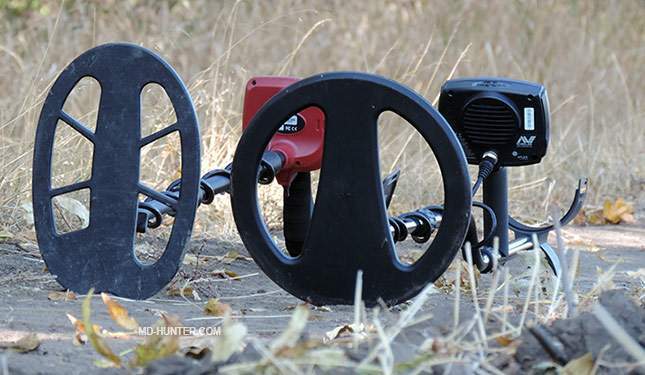


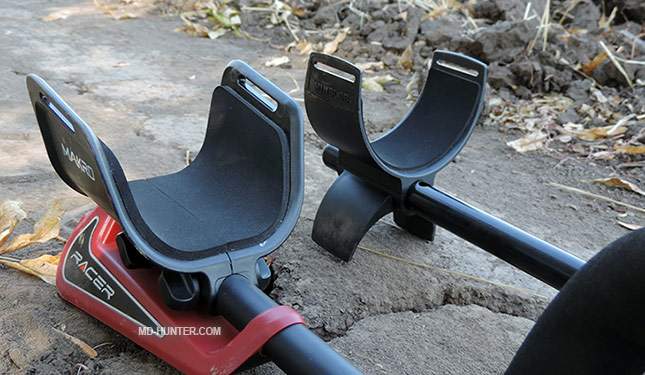
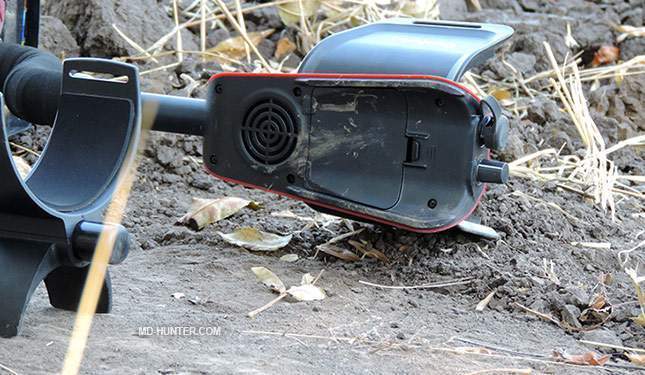
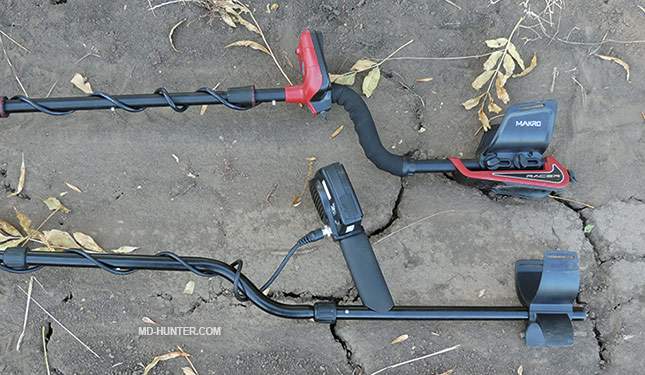

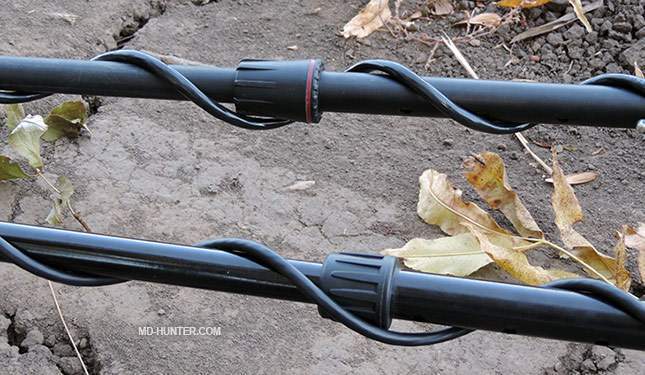
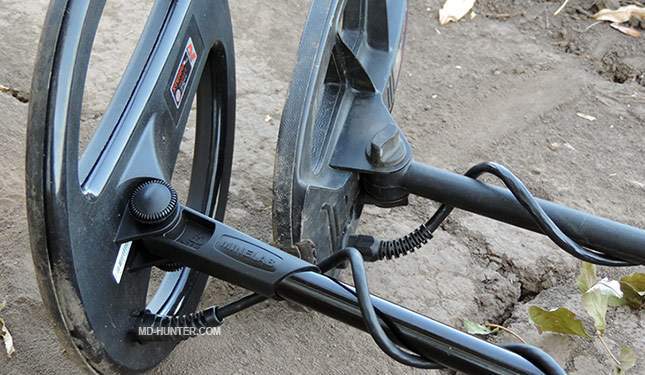



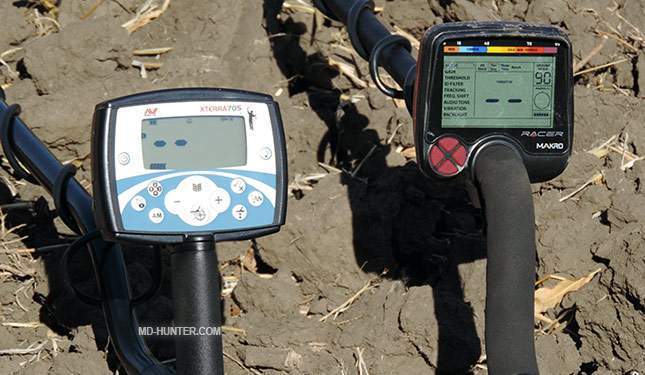

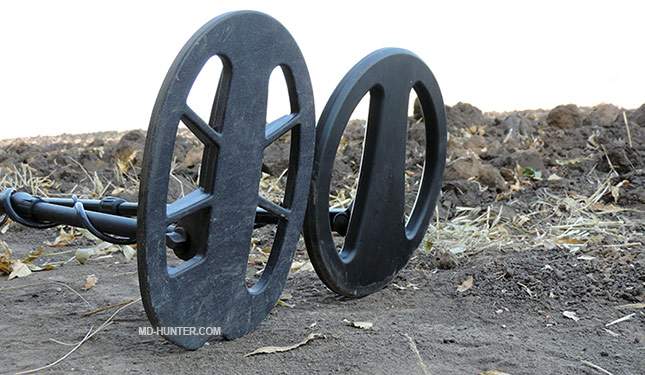

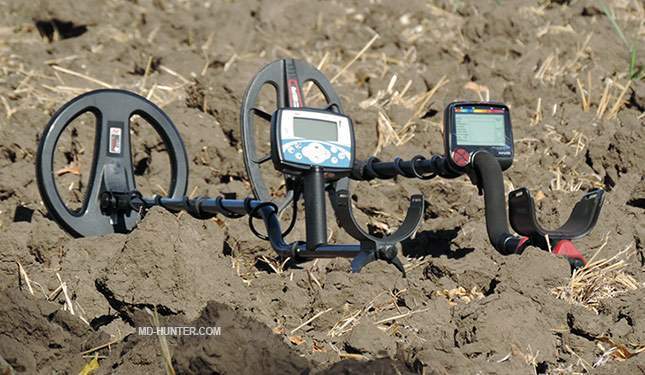

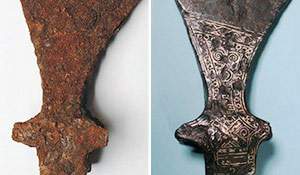
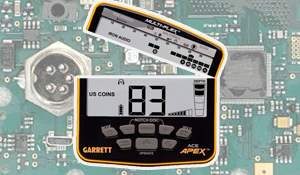

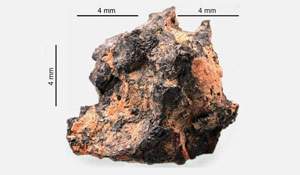
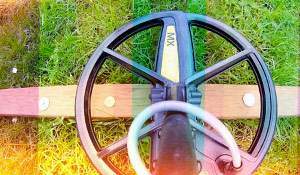



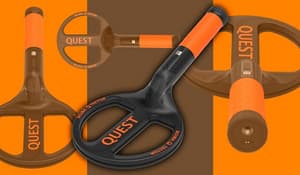
please can you tell me how much it costs
please can you tell me how much it costs X-Terra 705